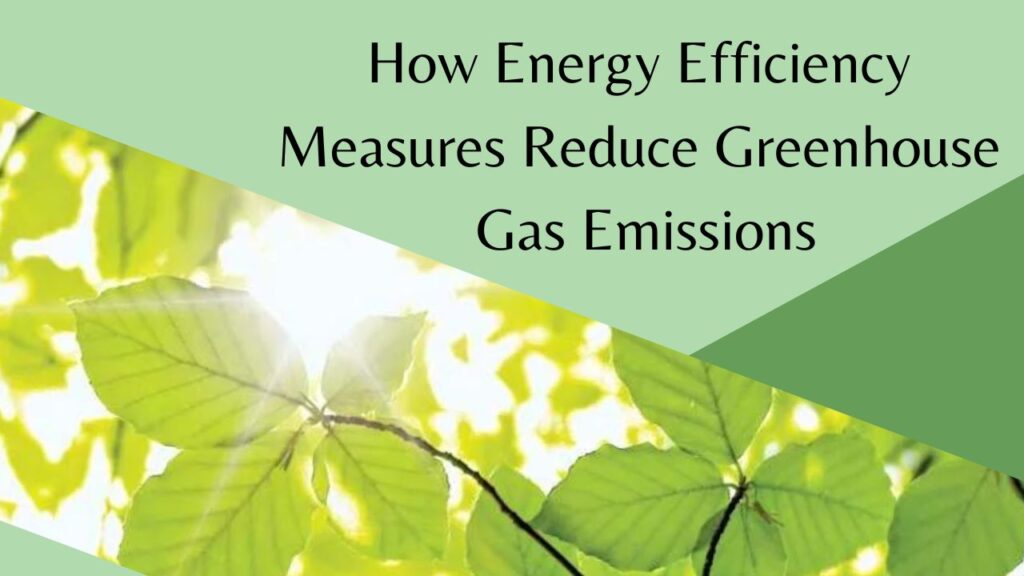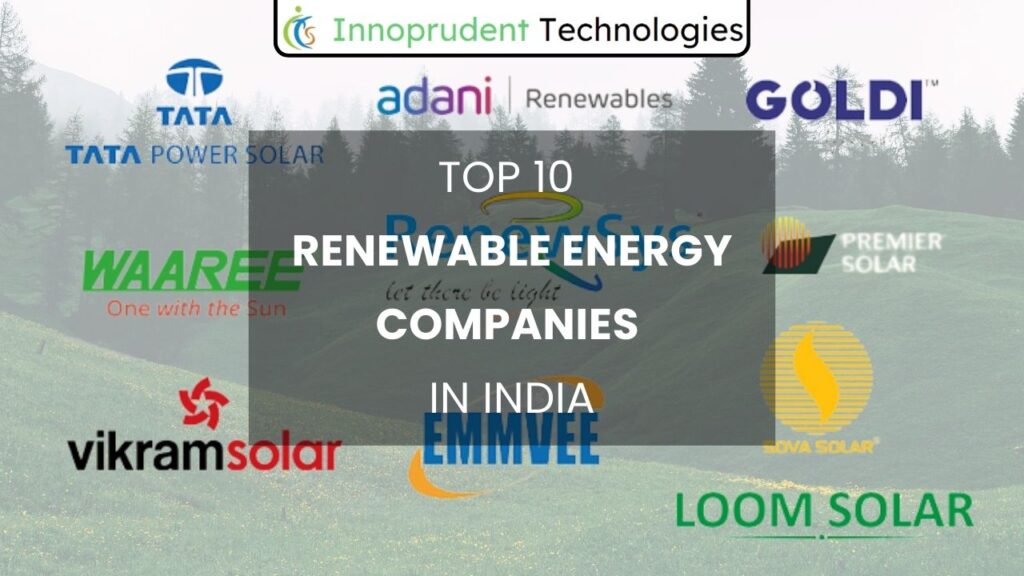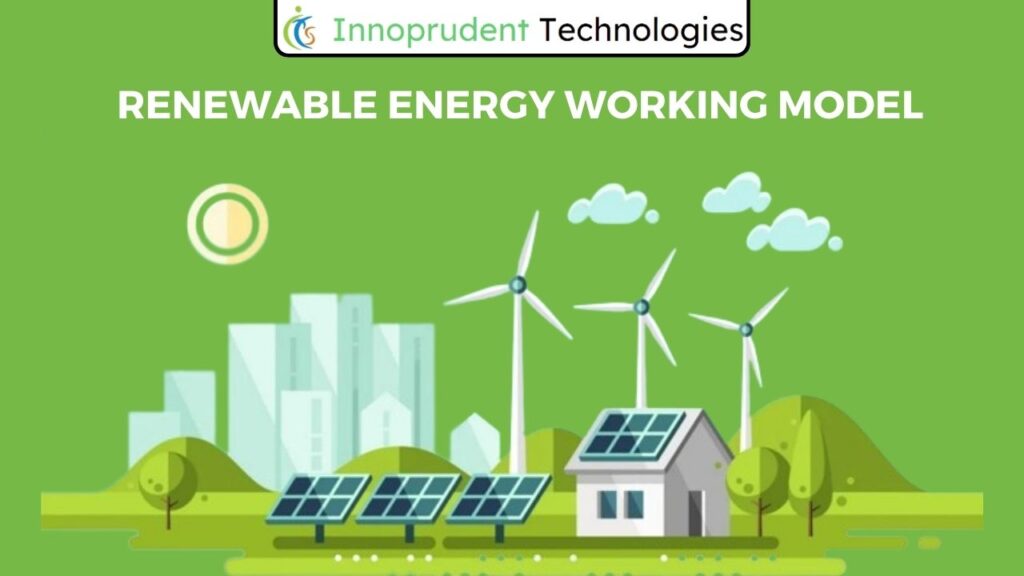In a world where climate change is a pressing concern, finding ways to reduce greenhouse gas emissions has become paramount. One effective and accessible approach is through energy efficiency measures.
These measures are like small superpowers that help us reduce our carbon footprint and combat climate change. This article will explain what energy efficiency is, how it works, and why it’s so vital in our fight against greenhouse gas emissions.
Understanding Energy Efficiency
Let’s start with the basics: what is energy efficiency? Energy efficiency refers to using less energy to perform the same tasks or get the same results. It’s all about doing more with less.
Imagine you have two light bulbs that provide the same amount of light. One is traditional, and the other is an energy-efficient LED bulb. The LED bulb uses significantly less electricity to produce the same amount of light as the traditional one. That’s energy efficiency in action.
Why Energy Efficiency Matters:
Energy efficiency is crucial for various reasons:
a. Reducing Greenhouse Gas Emissions: This is the big one. The burning of fossil fuels for electricity and heat is a significant source of greenhouse gas emissions, particularly carbon dioxide (CO2). When we use energy more efficiently, we burn less fossil fuel, which means fewer emissions are released into the atmosphere.
b. Saving Money: Energy efficiency can lower your energy bills. When you use less energy, you spend less money on your electricity or heating bills. This can be a significant financial relief for individuals and organizations alike.
c. Conserving Natural Resources: Fossil fuels like coal, oil, and natural gas are finite resources. Using them efficiently means they’ll last longer, and we won’t deplete them as quickly.
d. Reducing Air Pollution: Besides greenhouse gases, burning fossil fuels also releases pollutants like sulfur dioxide and nitrogen oxides, which can harm the air we breathe. Energy efficiency helps lower these emissions, improving air quality.
e. Creating Jobs: The energy efficiency industry is booming. It requires skilled workers for tasks like installing energy-efficient appliances, retrofitting buildings, and manufacturing efficient technologies. This means job opportunities and economic growth.
Now that we understand why energy efficiency is crucial, let’s discuss how it works.
How Energy Efficiency Works:
Energy efficiency can be achieved in various ways, from upgrading your home appliances to implementing large-scale industrial changes. Here are some common methods:
a. Upgrading Appliances: One of the easiest ways to become more energy-efficient is to replace old, energy-guzzling appliances with newer, more efficient models. For instance, swapping out your old refrigerator for an ENERGY STAR certified one can reduce energy consumption significantly.
b. Improving Insulation: Proper insulation in your home or office keeps the temperature stable, reducing the need for constant heating or cooling. This, in turn, saves energy.
c. Sealing Leaks: Gaps and leaks in windows, doors, and ducts can waste a lot of energy. Sealing them up keeps the air you’ve heated or cooled from escaping.
d. Energy-Efficient Lighting: Switching to energy-efficient light bulbs, like LEDs, can significantly reduce electricity consumption. They last longer, too, which means fewer replacements.
e. Programmable Thermostats: These allow you to control the temperature in your home more efficiently. You can set them to lower the heat or air conditioning when you’re not at home, saving energy.
f. Industrial Upgrades: In industries, energy efficiency measures might include improving machinery, optimizing processes, and using energy-efficient technologies. For example, more efficient engines and motors can save a lot of energy in manufacturing processes.
g. Transportation: Using more fuel-efficient vehicles and public transportation can reduce greenhouse gas emissions from the transportation sector. Electric cars, for instance, produce zero tailpipe emissions and are increasingly energy-efficient.
h. Behavioral Changes: Simple acts like turning off lights when you leave a room, unplugging chargers, and reducing water heating temperatures are energy-efficient habits that can make a difference.
The Role of Energy Efficiency in Reducing Greenhouse Gas Emissions:
Now, let’s get to the heart of the matter: how energy efficiency measures directly reduce greenhouse gas emissions.
a. Reducing Energy Consumption: By using energy more efficiently, you simply use less of it. This means that power plants burn less fossil fuel to generate electricity. Since burning fossil fuels releases carbon dioxide (CO2) and other greenhouse gases into the atmosphere, lower energy consumption directly translates to reduced emissions.
b. Increased Use of Renewable Energy: Energy efficiency can complement the use of renewable energy sources. When energy-efficient technologies and practices are in place, it becomes easier to power homes, businesses, and industries with renewable sources like wind and solar. These sources produce little to no greenhouse gas emissions.
c. Lower Emissions from Heating and Cooling: Proper insulation, sealing leaks, and using programmable thermostats reduce the energy needed to heat and cool buildings. This results in lower emissions from power plants that supply electricity for heating and cooling.
d. Enhanced Transportation Efficiency: Fuel-efficient vehicles, electric cars, and better public transportation options reduce emissions in the transportation sector, which is a significant contributor to greenhouse gas emissions.
e. Reduced Emissions in Industries: Industrial energy efficiency measures can have a substantial impact. Improved machinery, optimized processes, and energy-efficient technologies all reduce the carbon footprint of manufacturing and production.
The Global Impact of Energy Efficiency:
Energy efficiency measures aren’t just about individual actions; they have a profound global impact. Here’s how they contribute to the fight against climate change on a larger scale:
a. International Agreements: Many countries have committed to reducing their greenhouse gas emissions as part of international agreements like the Paris Agreement. Energy efficiency plays a vital role in helping nations meet these targets.
b. National Policies: Governments worldwide are implementing policies to promote energy efficiency. These policies encourage industries, businesses, and individuals to adopt energy-efficient practices and technologies.
c. Economic Growth: The energy efficiency sector is growing rapidly, creating jobs and stimulating economic growth. This growth aligns with the transition to a low-carbon economy, which is crucial for reducing emissions.
d. Reduced Energy Poverty: In many parts of the world, people lack access to reliable energy sources. Energy efficiency can help extend energy access to those who need it while minimizing the environmental impact.
e. Global Awareness: As more people become aware of the importance of energy efficiency, the collective effort to reduce greenhouse gas emissions grows stronger. Education and advocacy play a significant role in spreading this awareness.
Some More Related Stories
Wrapping Up
Energy efficiency measures are a crucial tool in the fight against greenhouse gas emissions and climate change. They not only reduce energy consumption and lower emissions but also save money, create jobs, and conserve natural resources.
Whether it’s upgrading your light bulbs, insulating your home, or supporting energy-efficient policies, everyone can contribute to a more sustainable future. As we strive to protect our planet, embracing energy efficiency is a simple and effective way to make a positive impact.
Frequently Asked Questions(FAQs)
What is energy efficiency, and how does it relate to greenhouse gas emissions?
Energy efficiency is the practice of using less energy to accomplish the same tasks. It relates to greenhouse gas emissions because it reduces the amount of fossil fuels burned for energy, which, in turn, lowers emissions of greenhouse gases like carbon dioxide (CO2).
How do energy-efficient appliances help reduce greenhouse gas emissions?
Energy-efficient appliances use less electricity or other forms of energy to perform their functions. This means they contribute to lower energy consumption and reduced emissions since power plants produce fewer emissions to generate the required energy.
Can energy efficiency measures really save me money?
Yes, energy efficiency measures can save you money. When you use less energy, your utility bills decrease. Upgrading to energy-efficient appliances, improving insulation, and sealing leaks are some ways to achieve cost savings.
What are the benefits of energy-efficient lighting, such as LED bulbs, beyond reducing emissions?
Energy-efficient lighting like LED bulbs not only reduce electricity consumption and emissions but also have a longer lifespan, reducing the frequency of replacements and saving you money on bulb replacements.
How do energy-efficient practices in industries contribute to reducing emissions?
Industries can reduce emissions by improving machinery, optimizing processes, and adopting energy-efficient technologies. This lowers the energy required for manufacturing, leading to reduced emissions.




Pingback: Cool Roofs and Cool Pavements: Mitigating Urban Heat Islands - Innoprudent